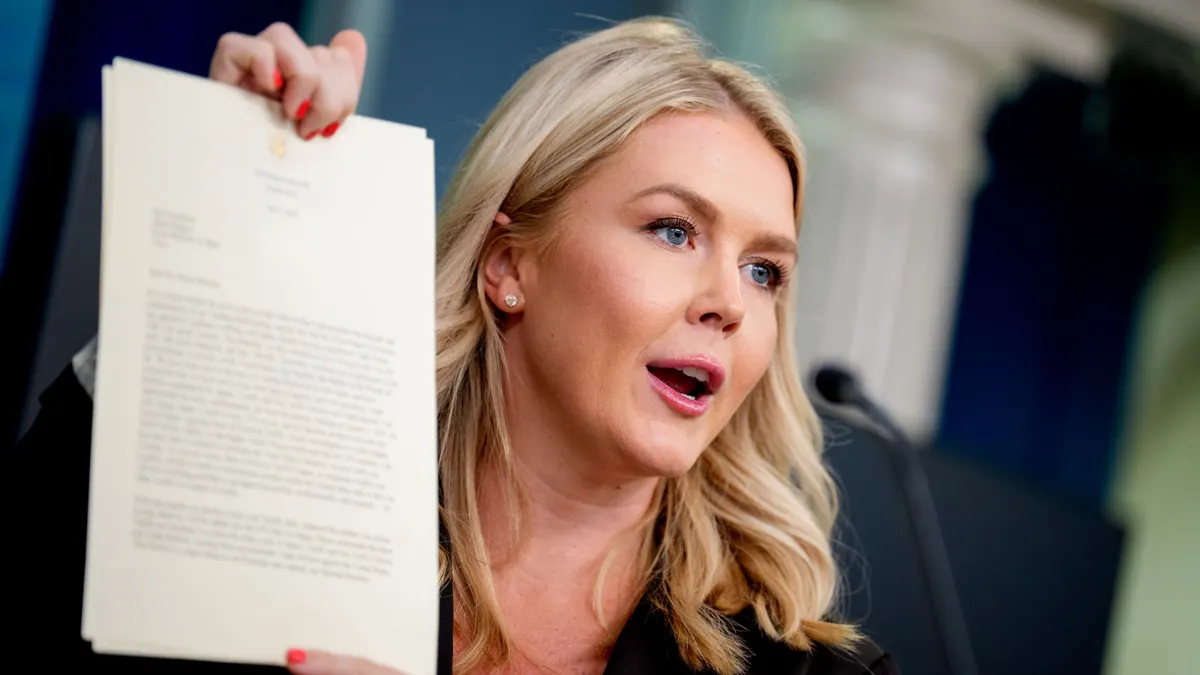This story is part of a series on the trends that will shape supply chains in 2021 and beyond. You can find all the articles on our trendline.
The role of the chief procurement officer is changing. According to LinkedIn Economic Graph Research, CPO ranks 11 on the list of fastest growing C-suite titles of 2020, with 15% growth (as a proportion of total C-suite hires last year).
The need for more — and more critically thinking — CPOs is accelerating, said Pettis Kent, assistant professor of supply chain management at Loyola University Chicago Quinlan School of Business.
That’s especially true for "multinational companies where they need someone to stand at the intersection between what we need internally and what’s available externally," he said. "The CPO is the man or woman who manages that entire organization."
More strategy, collaboration, and perhaps diversity and inclusion lies ahead for this expanding, and increasingly important, role.
Technology lets CPOs be more strategic
Traditionally, CPOs have had one job and one job only: drive down costs. They’ve largely been successful at that, said Alex Zhong, supply chain lead at IBM Sterling, and it can be seen especially in the lower cost of consumer goods.
But forward-thinking CPOs have already moved past the bottom line and "saw that only focusing on cost is definitely not sufficient. They need to step up even more in a strategic position to really support the business growth from a revenue perspective," he said.
CPO is one of the fastest growing C-suite titles
Technology advancements have helped make that happen. Instead of the CPO being a mostly technical role, artificial intelligence and machine learning have automated many rote procurement processes, such as vetting vendors and negotiating prices.
That has allowed the CPO job to become a more a "qualitative or communication or a leadership function," said Abe Eshkenazi, CEO of the Association for Supply Chain Management.
It frees the CPO up to do risk-scenario planning, reduce total lifecycle and ownership costs, and encourage innovation in procurement and beyond.
Working with supply chain
CPOs haven’t always been at the C-suite level, said Kent. "The CPO was probably the person outside the room, and now they have a seat at the table."
For enterprises looking to build more resiliency in their supply chain, the CPO role can’t be so siloed. "When you take a look over the last five to 10 years, supply chain has taken on a much bigger role and encompassed procurement as a key function within the organization, as opposed to residing outside of the supply chain functions," said Zhong.
The COVID-19 pandemic pressed this need even further, as supply chains around the world were disrupted. Those companies that weathered the storm were more likely to have C-suite procurement and supply chain professionals working together, said Zhong.
Visibility in the supply chain also helped procurement source what it needed to, and more quickly than if supply chain and procurement weren’t used to working together.
"They need to talk to each other. In some of the better companies, they are actually sitting under one roof," Zhong said.
Training the next generation of procurement professionals
As in-demand as leadership-geared CPOs are now and will be in the future, there aren’t enough people to fill those roles.
This is changing, said Eshkenazi. "Historically we didn’t have a large or significant academic foundation in supply chain," he said.
In the mid-1990s, the U.S. had just a handful of programs, and procurement training was typically an on-the-job endeavor. Now there are "over 500 programs that have supply chain degrees. It shows and reflects the tremendous need for supply chain professionals," which includes procurement, he said.
"The CPO was probably the person outside the room, and now they have a seat at the table."

Pettis Kent
Assistant Professor of Supply Chain Management at Loyola University Chicago Quinlan School of Business
Kent specifically teaches about subjects such as strategic sourcing and "major concepts that really are decided at the C-suite level. We’re trying to help our students understand the value of the strategy side of sourcing."
This training doesn’t need to only be within academia. ASCM will launch a Supply Chain Procurement Certificate program in March.
Salaries are competitive, too, which will continue to attract talent into the field, bringing in professionals that will grow into these more strategic CPOs.
In its 2020 Supply Chain Salary and Career Survey Report, ASCM found that the median salary for supply chain professionals with a bachelor’s degree was $78,507. That’s 24% higher than the national median salary of those with a bachelor’s degree. ASCM also found that supply chain professionals with associate degrees had a median annual salary of $62,000, higher than the national median of $46,124.
Plus, the survey found that these professionals received an average annual salary increase of 4.7%, compared to the national average of 3.5% (while ASCM’s survey was about supply chain, it includes "procurement specialist" as a common title).
Supply chain and procurement professionals earn more than the national median
While the industry still needs to address pay gaps between men and women, the survey found women under 30 are paid the same as their male colleagues, and women 30 to 39 reported salaries at 93% of what men in the same age bracket earn. Nationally, the gender wage gap is 81%, according to Payscale.
"We need to focus on diversity and inclusion. We need more women and more people of color for supply chain to be much more reflective of our consumer [base] and the entire population," said Eshkenazi.
Better pay parity and more opportunities for currently underrepresented demographics are not only better for procurement and supply chain now, but they also mean that the CPOs of the future will be more reflective of diverse consumer bases and the entire population.
This story was first published in our weekly newsletter, Supply Chain Dive: Procurement. Sign up here.





















